For families excited about travel to Africa, Swahili-speaking Tanzania is a prime pick.
Of top appeal and importance are its protected natural areas, which cover more than one-third of the land, including 16 national parks, some of which have very famous names. Ever heard of the Serengeti or Arusha?
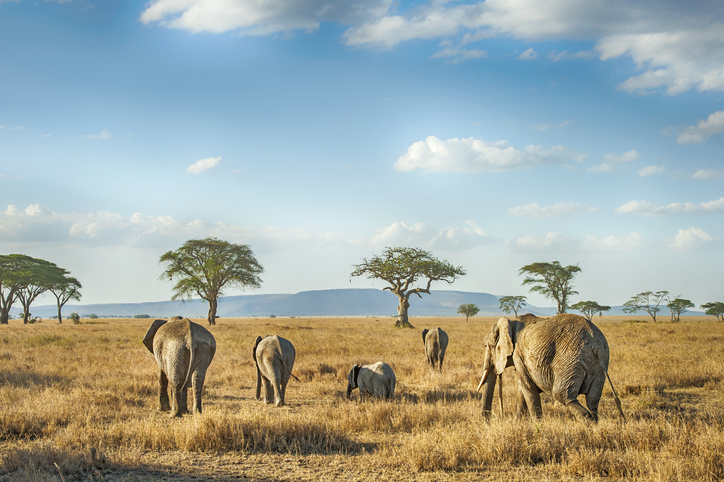
Safaris – by vehicle, hot air balloon or even plane – are fabulous ways to admire the Lion King cast of characters living on these lands. That includes the Big Five, the world’s largest land mammal, fastest land animal and tallest animal.
One especially amazing animal experience is the Great Wildebeest Migration, where more than 1.5 million wildebeest cross the Serengeti to Kenya. Another is ogling the 25,000 creatures living in the huge Ngorongoro Crater. Superb safari lodges in key locations around the country round out the package, but advance planning is important to secure kid-friendly accommodation and operators.
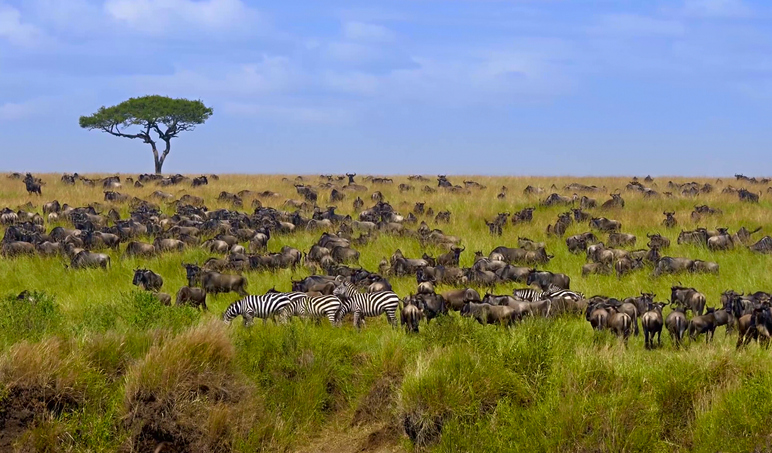
Safaris aside, the north of Tanzania is where the noble Maasai people live. It’s home to Africa’s most famous (and highest) peak, Mount Kilimanjaro. Nearby Ngorongoro the Olduvai Gorge, aka the Cradle of Civilization, is where the earliest evidence of the first humans was unearthed.
Off the coast in the east is the great-for-all-ages Indian Ocean “spice island” of Zanzibar, notable for its white-sand beaches and the ancient city of Stone Town.
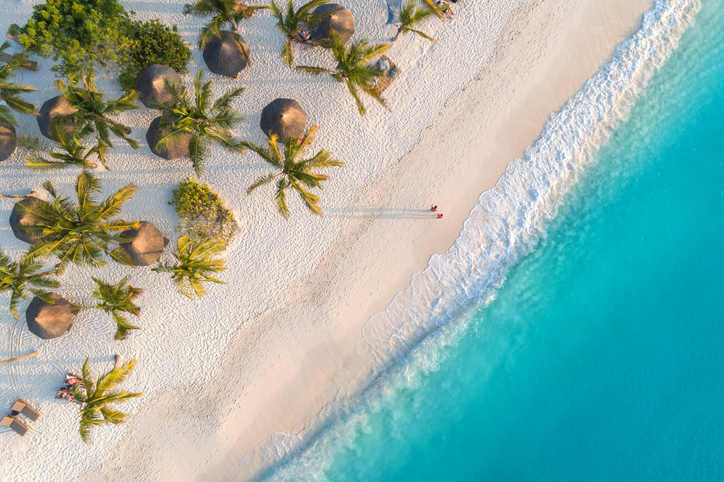
Tanzania with kids aged 0-4
For little kids, the beaches of Tanzania, both on the mainland and on Zanzibar, are easily accessible and perfect: soft white sand, clear water with shallows and visions of dhows (traditional boats) gliding by.
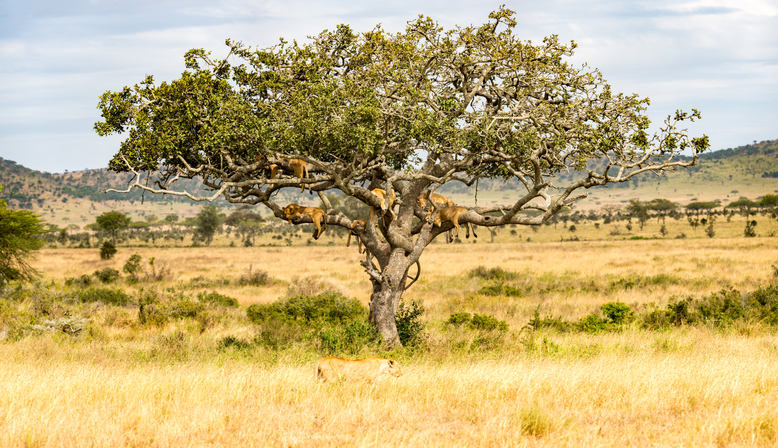
By contrast, many of Tanzania’s other natural and wildlife highlights are more logistically and physically challenging to reach with toddlers in tow.
Some safari and beach lodges (but definitely not all!) do not even accept children under six and sometimes 12. Those that do may not allow kids on walking or boating trips, game drives or fly-camping adventures.
You will need to check all the hotel and tour policies carefully. They vary considerably. Make sure you book operators that specialise in family safaris with private guides and fewer hours of driving.
Tanzania with kids aged 5-8
Large-animal safaris can be tricky to organize for small kids. An excellent alternative is to look for smaller animal adventures such as a snake park or a pet shelter. The lessons learned can be used in discussions about the survival challenges faced by larger beasts.
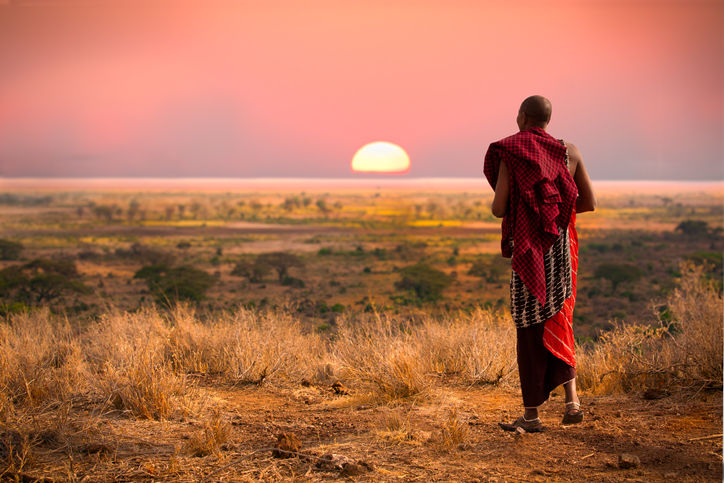
Another informal family safari substitute is the overnight TAZARA sleeper train (kids under 7 travel free, under 15 pay half fare) that passes through the wild, animal-rich heart of the country, including the Selous Game Reserve, home to the largest remaining elephant populations in the world.
For a hands-on encounter with the people and cultures of Tanzania, a stop at a Maasai cultural village is equal pleasure for the locals and the kids, while appreciating the art and crafts at a cultural heritage centre may lead to the purchase of some choice souvenirs.
Tanzania with kids aged 9-12
The safari opportunities for almost-teens are greater than for younger kids, though care must still be taken.
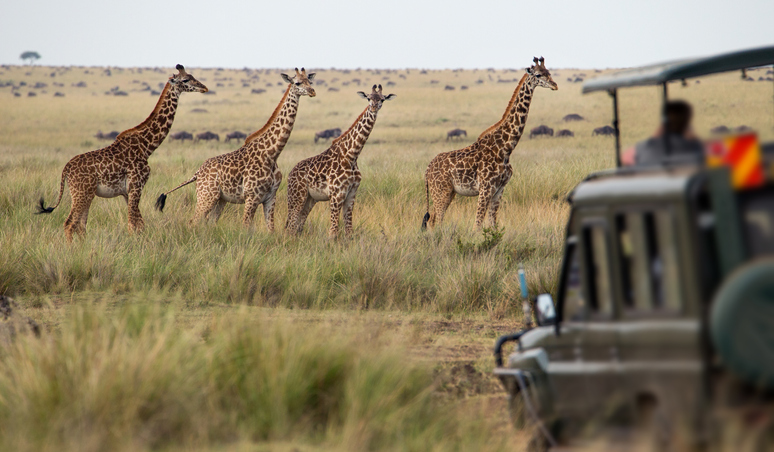
Conscientious safari operators may do test drives to gauge how well children behave before attempting up-close encounters with large animals. Alternate experiences focus on small-animal safaris, tracking (whose poo is that?) and wildlife welfare.
At the beachfront, swimmers can don mask and snorkel to discover the colourful world beneath the waves. A lesson in marine turtle conservation or a sailing trip on a dhow (traditional boat) will really hit home too.
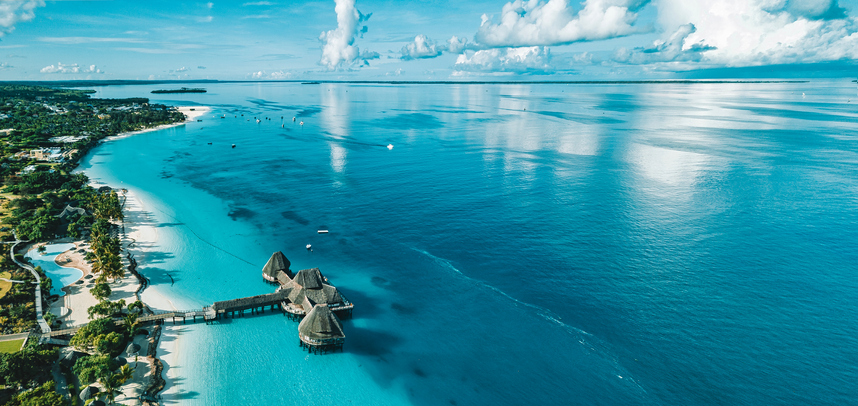
On Zanzibar, a tour of Stone Town’s alleyways and hidden old Arabian townhouses is great when paired with a spice tour, which reveals the sources of many cooking ingredients. (Did you know that black pepper grows on a vine?) Stone Town’s Forodhani Park is a fine place to finish any day, watching the evening market unfold and the hundreds of large bats fly by.
Tanzania with teens
Older children can indulge in the full safari experience – game drives, walking or horse-riding safaris, hot air ballooning over the savannah, bush camping and more. Age limits may vary, so it is critical to check ahead.
Points of historical and archaeological interest will also make more sense, like the Engare Sero Footprint Site of 400 footprints from as long as 19,000 years ago, possibly made by the descendants of the ancient humans whose remains are explained in the Olduvai Gorge Museum, both near Ngorongoro.
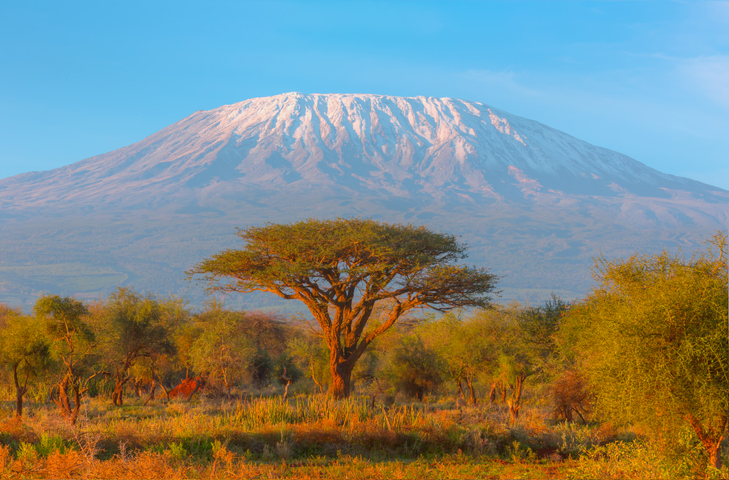
Zanzibar promises a host of water pleasures. Teens are old enough to go snorkelling, scuba diving and sea fishing, and even take part in a dolphin safari.
Best time to go
Tanzania’s dry season is the best time to visit. This lasts from June through September.
Avoiding the main rainy season (March to May) is recommended since beaches can be wet, animals dispersed, roads soggy and mosquitoes in greater numbers.
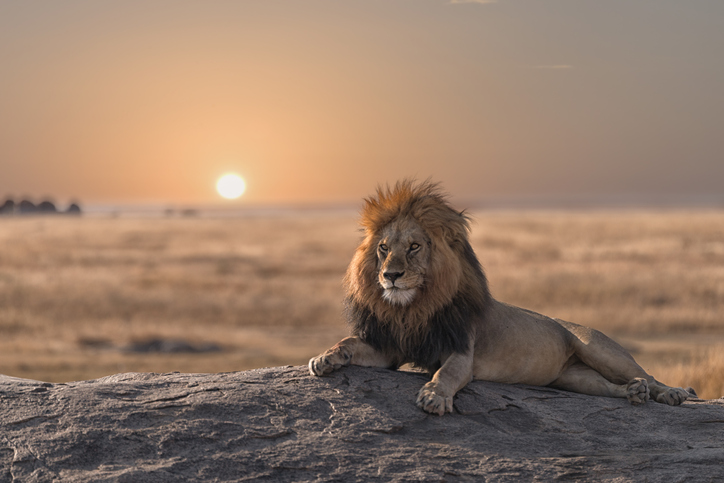
Getting Around
Budget permitting, the ideal way to get around Tanzania with kids is to rent a car with a driver, putting control of the choice of destinations, travel speed, meal stops, bathroom breaks and side trips with the family. It is critical to ask in advance for child seats, if needed, or to bring them from home.
Alternatively, the VIP/luxury, long-distance buses are quite good and provide solid country coverage at a fair price.
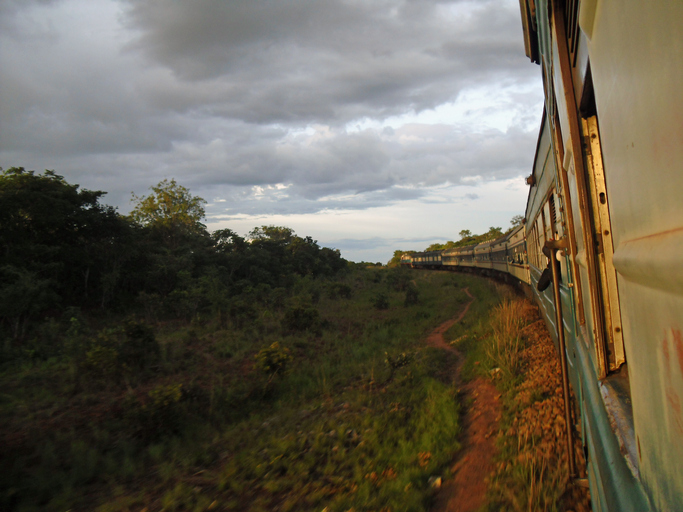
The overnight TAZARA train is also a journey worth considering (see the 5-8-year-olds section).
Health
A doctor should be consulted for the standard recommended vaccinations and malaria precautions for Tanzania, as well as suggestions about how to assemble a first-aid kit for kids.
To guard against mosquitoes, vigilance is important – using nets at night, clothes that cover (especially at dawn and dusk) and repellent. Local advisories should be heeded about urchins in beach shallows, bilharzia in lakes, thorns in the bushes and other hazards.
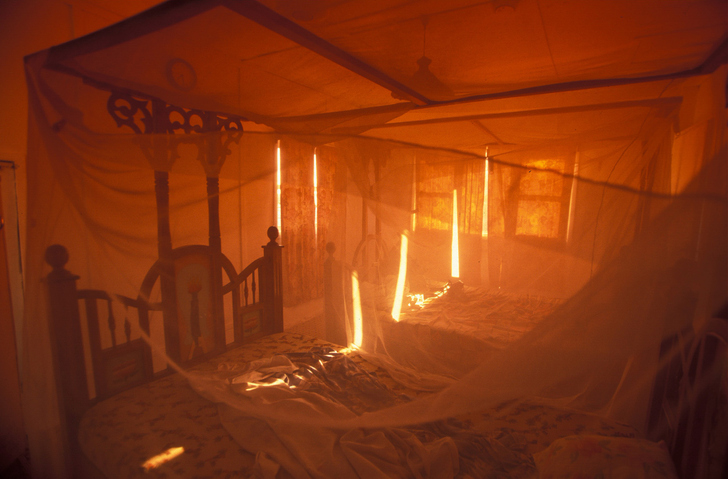
All drinking water, ice and water used for brushing teeth or washing fresh foods must be from a reliable source or purified.
Sufficient stocks of diapers/nappies and related infant items can be purchased while in cities.
It goes without saying but still bears repeating: parents must keep a close eye on kids while in wildlife areas, as fencing is uncommon.
Souvenirs
* Maasai blankets are light plaid mantles that are usually red, with patterns in white, yellow or blue. Most are made in India, but they are a great memory of the people who wear them so well. A Maasai shield and spear are also good keepsakes.
* Other memorable textiles include the common batik kanga (a woman’s sarong with words printed on it) or kitenge (a sarong with no message).
* Beadwork jewellery is widely available, including bracelets and necklaces of trade, stone and hand-made beads. To travellers, the large neck pieces are more like art than bling.
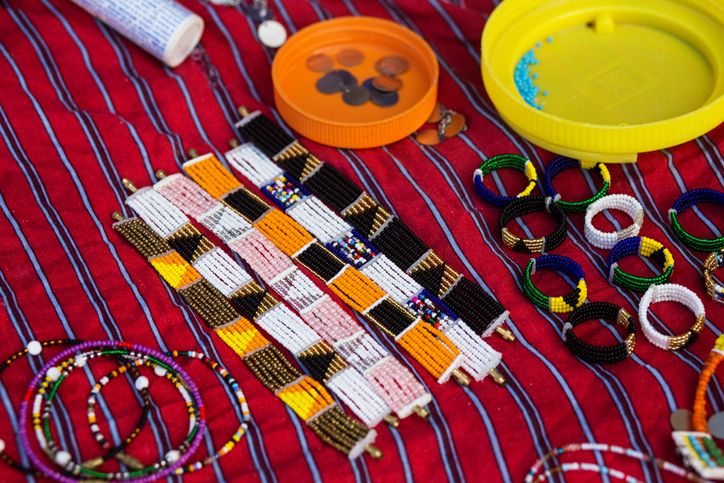
* Traditional handwoven kiondo bags and baskets are both useful and beautiful.
* Masks are sold all across Africa. It is wise to ask the origin of a mask since many West African products are mixed in.
N.B. Never, ever buy souvenirs made from animal parts – especially their hides, horns, shells and ivory – and coral. It is illegal to export from Africa any items made from endangered animals… and to import them to one’s home. When in doubt, don’t buy.
Food
Major meals generally consist of a starch – sorghum, cassava or plantain, and sometimes corn or rice – accompanied by a fried or stewed meat, sometimes from wild game. Coconut milk, peanuts, other nuts and curry powder are common flavour enhancers.
Vegetarians can look forward to braised cabbage or leafy greens, squash and pumpkin, or manioc, often served as an accompaniment to meat dishes.
Ugali is a pasty cornmeal porridge used with almost every meal.
Street food, such as samosas and meat kebabs, while tempting and cheap, is not a great idea for children.
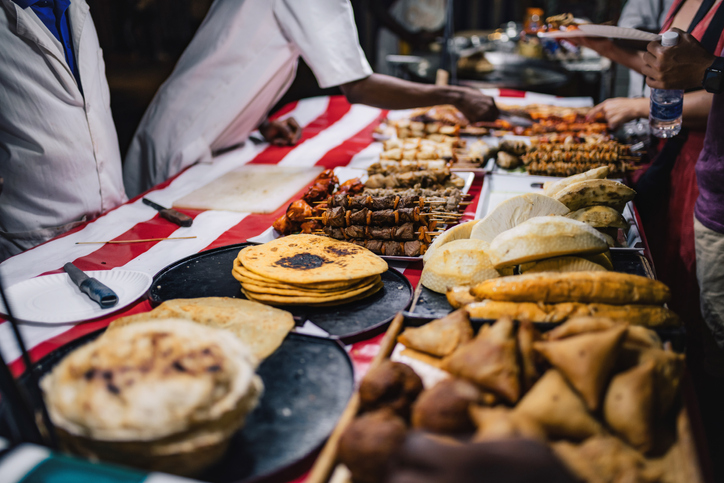
Small stocks of fruit (fresh or dried), peanuts and popcorn are commonly available options for road snacks and emergency food. Anything fancier should be brought from home.
For fussy eaters, safari camps, game lodges and international hotels usually offer a more international selection that includes familiar foods.
Local customs
Although small children and adolescents can get away with a lot, following local social norms will be met with great warmth and gratitude.

It is important to minimise use of the left hand. Tanzanians don’t use it for eating, touching a person or produce, or handing anything to someone.
Dressing conservatively shows cultural awareness. In population centres outside of large cities, shorts, tank tops and ripped or dirty clothing are frowned upon. A light hair covering for women is courteous.
Elders are always shown respect, especially by children, as age is a sign of wisdom.
Food and cooks are highly respected, but smelling a meal suggests that both are bad. After washing one’s hands, it’s best to eat what is offered, even if only a small piece.
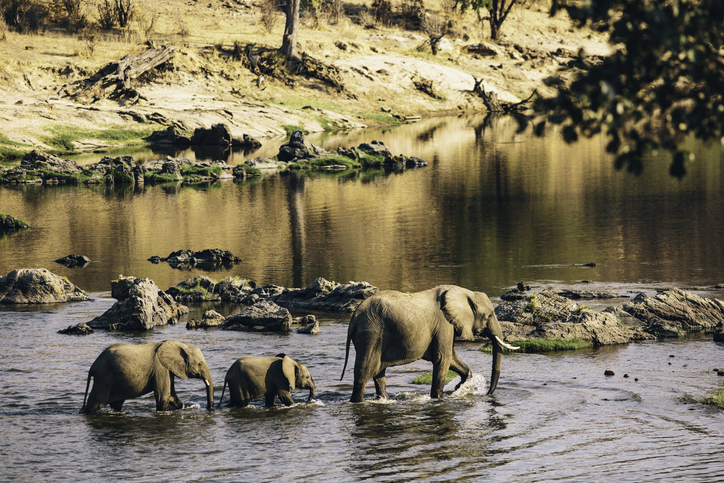
All foreigners are referred to as mzungu, a term to be embraced not bristled against, as it’s not an insult.
Costs
Accommodation in Tanzania can get very expensive, especially luxurious, kid-friendly beach resorts and game lodges in wildlife areas (some amongst the best hotels in the world). The final bill can be significant, particularly when added to national park entry fees, vehicle rental and special activities, whether for independent travellers or folded into inclusive packages.
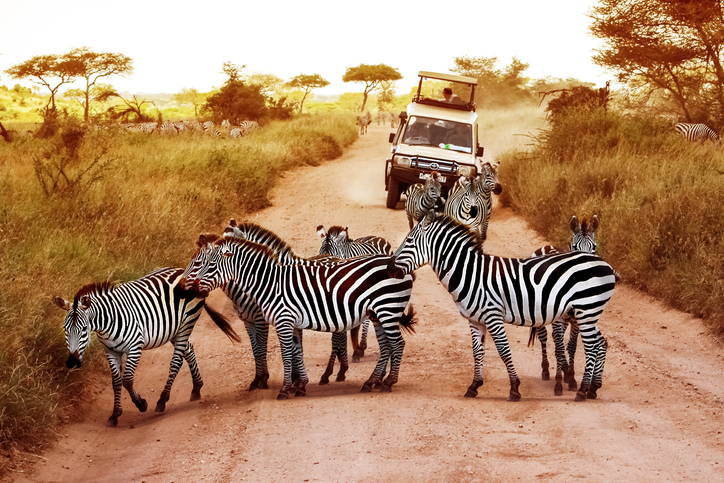
That being said, discounted child pricing at many hotels and substantially reduced children’s entry fees at all national parks are available, though they are not standardised and should always be specifically requested.
At hotels offering discounts, children under 12 are usually half price, although policies vary. Notably, park entry fees are only valid for one entry in 24 hours, so park visits with children should be timed to catch animals, leaving other cultural activities and night drives for other times.
READ MORE:
How to do South Africa with kids
African Safari adventures with kids
